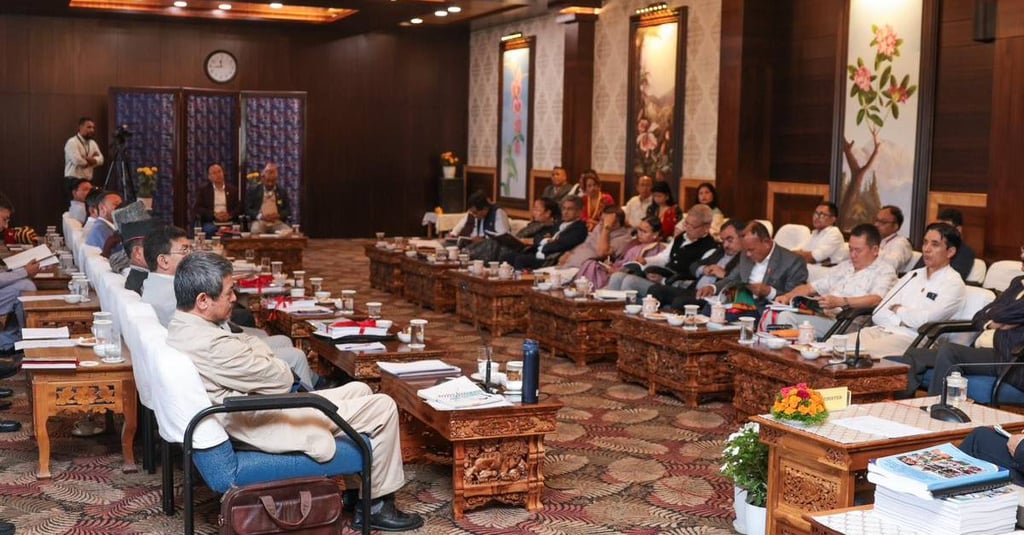Sikkim CM finalises ethnographic reports for 12 left-out communities, pushes for ST status
The demand for ST status has been a long-pending issue for these 12 communities, who have often raised concerns over lack of representation, socio-economic support, and legal safeguards.
LOCAL


Sikkim Chief Minister Prem Singh Tamang on August 2 chaired a crucial review meeting at Samman Bhawan in Gangtok to finalise the ethnographic reports of 12 left-out communities seeking Scheduled Tribe (ST) status under the Constitution of India. This meeting marked an important milestone in the state’s long-standing efforts to ensure tribal recognition for historically underrepresented groups.
The final review, conducted with top officials and members of the State High-Level Committee, focused on the comprehensive documentation prepared after months of fieldwork, research, and consultation. The 12 communities included in the report are Bhujel, Gurung, Jogi, Khas, Kirat Rai, Kirat Dewan Yakha, Majhi, Mangar, Newar, Sanyasi, Sunuwar (Mukhia), and Thami.
“For the first time, the unique history, culture, and identity of these 12 communities have been carefully studied and documented,” the Chief Minister said. “These reports fulfil all the criteria required for ST inclusion and address past queries raised by central agencies.”
The reports, according to Tamang, reflect the true diversity and collective heritage of Sikkim. He expressed pride in the work done by the committee and called the reports "living testaments" to the rich social fabric of the state.
The ethnographic reports aim to provide the central government with sufficient grounds to grant constitutional recognition to these communities. The next step, as decided in the meeting, is to formally submit the completed reports to the Centre and initiate the legal and administrative process for inclusion in the ST list.
Chief Minister Tamang further stated, “We have resolved to finalise the reports for submission to the Government of India and begin the formal process. I firmly believe that these efforts will bear fruit and bring us closer to the vision of an inclusive and Viksit Bharat-2047.”
The demand for ST status has been a long-pending issue for these 12 communities, who have often raised concerns over lack of representation, socio-economic support, and legal safeguards. The state government’s initiative is expected to revive hope among the communities and push the Centre to take necessary action.
The move is also seen as a step towards greater social equity in the state, which is home to a diverse mix of ethnic groups. The Chief Minister’s proactive role has been welcomed by several community leaders and organisations who have long campaigned for recognition.
With the finalisation of these reports, the Sikkim government is likely to seek support from central ministries, including the Ministry of Tribal Affairs, for further processing and inclusion of the communities under the ST category.
